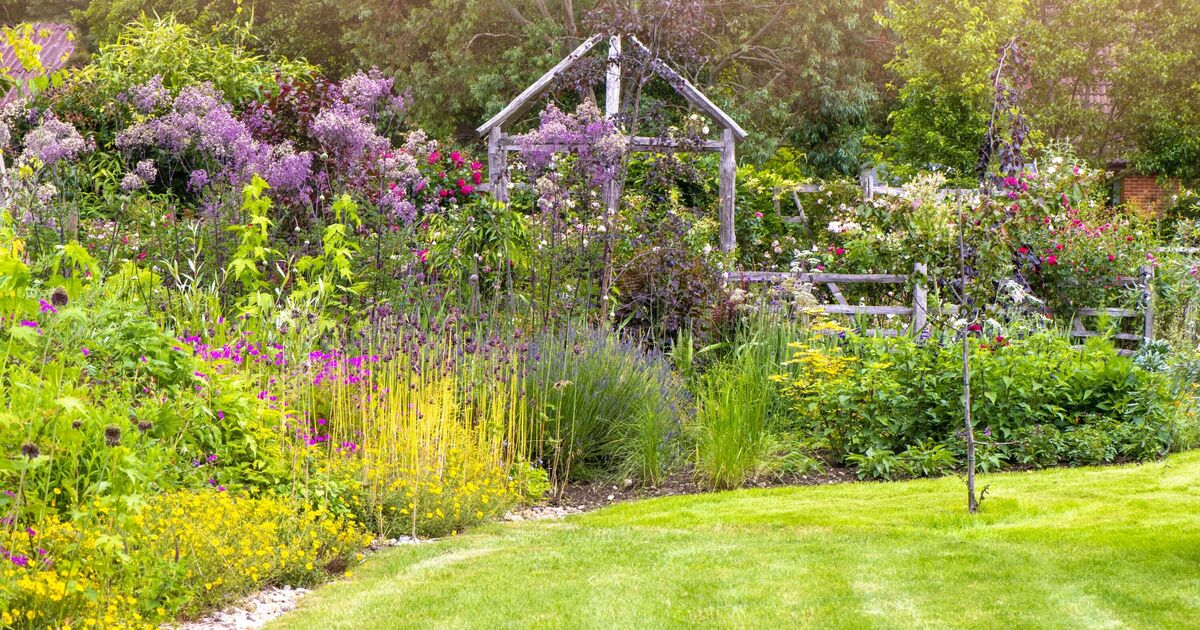With heavy rainfall and snow sweeping the UK, many gardeners are facing problems associated with waterlogged soil.
While this excessive moisture can cause issues, there are some key actions gardeners can take to protect their lawns through the colder months.
Jane Fairlie, technical development manager at Doff Portland, has shared her expert advice on how to manage waterlogged gardens and ensure lawns and plants remain healthy and thriving.
“Waterlogged soil starves plants of oxygen,” advised Jane.
“While short periods of waterlogging generally won’t cause too much damage, prolonged exposure to standing water can lead to root rot, poor nutrient uptake and an increased risk of fungal diseases.”
After heavy rainfall, you should take time to check the damage to your garden. Jane suggests you start by clearing away any debris, such as leaves or branches. Once the area is clear, check where water has pooled and monitor how long it takes for the water to drain.
To help your lawn recover after becoming waterlogged, Jane recommends: “To help lawns recover, use a garden fork to aerate the soil or, in particularly compacted areas, a hollow tine aerator to create channels for water to drain and oxygen to reach the roots.”
Although it may not help immediately, Jane suggests improving the drainage of your garden to prevent it from becoming particularly waterlogged in the future.
“Raised beds are an excellent way to combat waterlogged soil,” says Jane. “They help keep plant roots above the waterlogged soil, giving them a better chance to thrive.”
She also recommends mulching, as this helps break up compacted soil allowing air to flow more freely which aids drainage. Mulching also helps maintain consistent temperature and moisture levels in the soil.
For more severe waterlogging issues, Jane suggests installing a garden soakaway or French drain system.
“These drainage systems divert excess rainwater away from your garden, allowing it to drain deeper into the soil and improving overall water management.”
Jane added: “By improving drainage, protecting vulnerable plants and addressing waterlogged areas promptly, you can help your garden thrive, even in the wettest of winters.”












